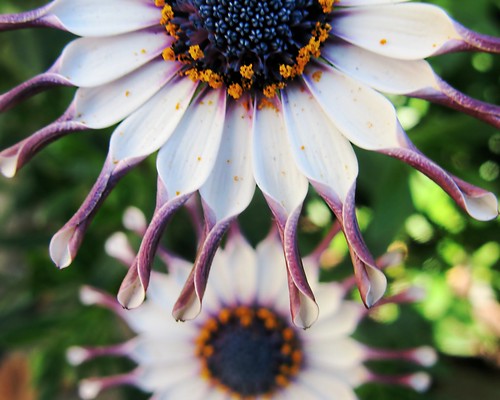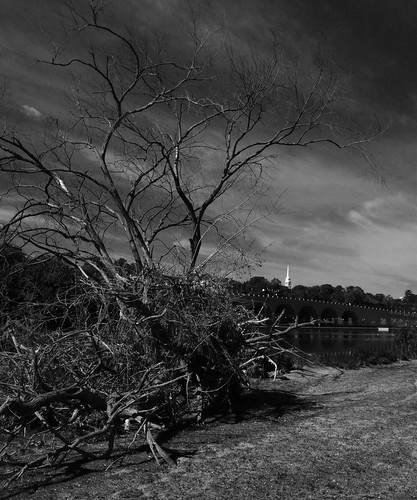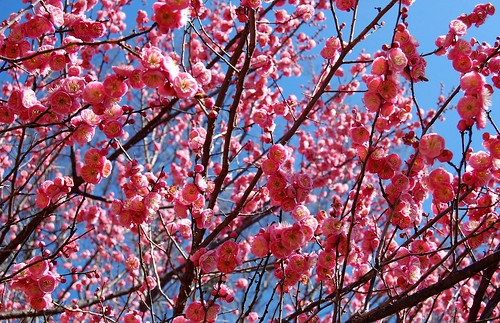TheGardenLady received this question from Rose.
Where can I get some of these trees for my yard? I am hoping to find some because it reminds me of my youth. My neighbors had one and I was always picking them for my mom. There was also a tulip tree. They are very lovely trees. They draw hummingbirds. That is why I loved them. Also red trumpet vines and wisteria vines do the same. I want to make my yard a butterfly and hummingbird sanctuary.
This GardenLady, like you, grew up with Catalpa speciosa trees – one of its common names is the Northern Catalpa – and loved the flower as well
as the lovely heart-shaped leaf (see here).
On my property today, there is one wild catalpa growing. As you may recall as a child, Catalpa speciosa has loads of seeds. They start out looking like long green beans and when they ripen, the seeds become extremely dark brown. These seeds often germinate so that one can find baby catalpa trees growing in the neighborhood. This happened on my property, so that I now have at least one baby catalpa tree growing with the mother near by – the other baby trees I find, I give away. Also, on the street where I live, they planted Catalpa speciosa as street trees where one can find all these seeds hanging from the branches or on the ground. Why am I mentioning this? Because if you know someone who owns a catalpa tree or know where one is growing, I am sure the owners of the tree would be willing to let you take some of those seed pods because they are messy when they fall to the ground and owners usually rake them up. Early spring is the perfect time to plant those seeds. Here are directions for how to germinate these catalpa seeds if you are willing to wait a few years until your tree grows large enough to bear flowers. It took my baby catalpa tree about ten years before it started having flowers.
But if you want a larger tree, you can find many online sources that sell Catalpa speciosa including the Arbor Day Foundation, which is a charity.
I have found the Arbor Day Foundation trees to be very small so if you want to buy a larger plant, just Google in “Catalpa speciosa” to find other nurseries online that sell the trees and decide where you want to buy the tree.






